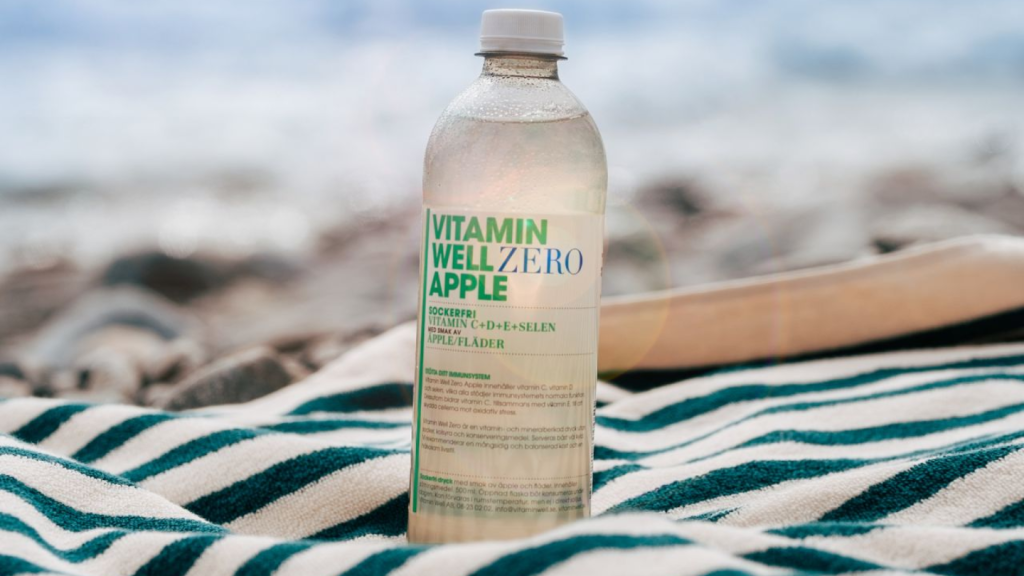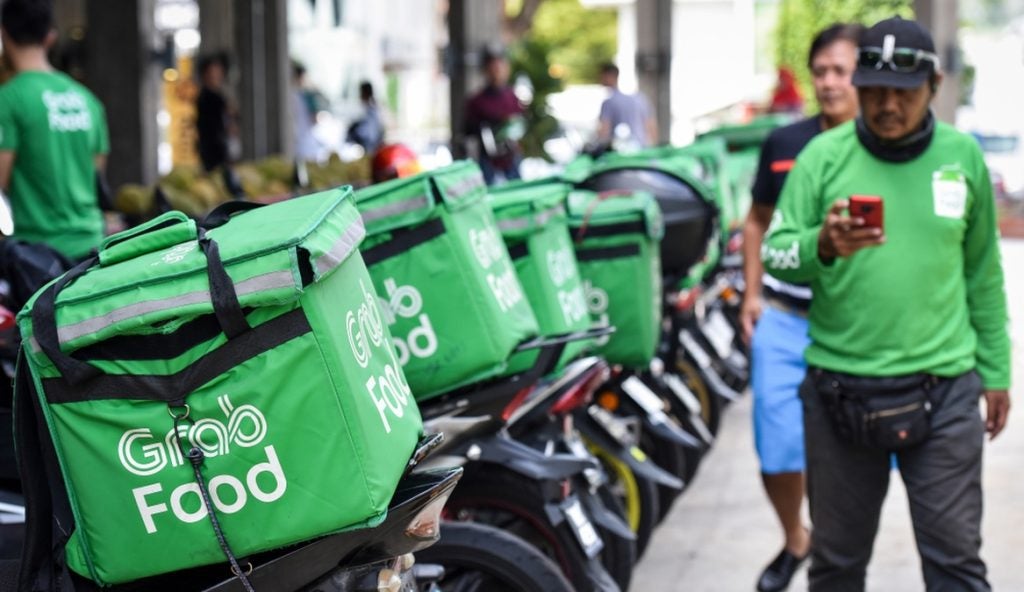 Bottled water has seen phenomenal growth in Latin America, but the market remains complex and divided, with the world’s highest bottled water consumers co-existing with the lowest. Euromonitor investigates the vastly differing markets for the soft drinks industry’s star performer.
Bottled water has seen phenomenal growth in Latin America, but the market remains complex and divided, with the world’s highest bottled water consumers co-existing with the lowest. Euromonitor investigates the vastly differing markets for the soft drinks industry’s star performer.
Bottled water has been one of the star performers within a comparatively lacklustre soft drinks industry over the past 5 years, with total global sales increasing by just over 60% in volume terms between 1997-2002. Latin America has seen one of the highest period growths of 90%, with bottled water outperforming all other soft drinks categories, although consumption rates and levels of industry maturity between countries varied significantly. The largest of these markets, Mexico, with its legacy of poor quality drinking water, enjoys the highest litre per capita consumption in the world – with an average of 170 litres drunk by each citizen in 2002. The only Latin American country to witness a dip in sales was Argentina, where the weakened economy and low penetration rate contrived to affect sales.
Brazil v Mexico : fashion v necessity
In Mexico, the bottled water market is characterised by necessity (where consumers also use bottled water for cooking and washing food), in contrast to say Brazil, where bottled water sales were spurred by the trend towards wellness and the fad among high income groups to drink bottled water through on-trade channels as an alternative to carbonates. In Brazil’s trendiest and most sophisticated clubs, drinking bottled water instead of alcoholic beverages or carbonates has become a major fashion statement, particularly among young consumers who belong to A and B socio-economic classes. These factors combined to propel total bottled water sales in Brazil by nearly 160% between 1997-2002, the highest growth recorded in the region and stemming chiefly from still bottled water sales.
Large pack sizes increase
The strong growth in Brazil was also in part attributable to an increased trend in sales of large, returnable 20 litre bottles, with more affluent consumers, suspicious of piped water quality, as the chief purchasers. Sales of the large pack sizes peaked in 2002 – particularly in the north-eastern region of Brazil, which was hit by water shortages in the same year. The Venezuelan and Colombian markets showed similar characteristics of being trend led, with consumers opting for bottled water either as a fashion statement or as a move towards healthy living. However, in these two countries, bottled water still remained a comparative luxury, given the low purchasing power.
Chile bucks trend with carbonated water sales
Chile has one of the lowest per capita consumption rates of bottled water in Latin America, at just seven litres through off-trade in 2002. Although overall growth in bottled water sales between 1997-2002 in Chile was also high, at just under 30%, this was attributable chiefly to growth in still bottled water (over 60%), which was introduced only in the 1990s and has been growing from a low base.
Interestingly, and in stark contrast to the other major Latin American countries, Chile’s bottled water market is made up predominantly of carbonated water, which made up nearly 75% of total off-trade sales in 2002. For most Chileans, where there is a strong tradition of carbonated water, still bottled water remained an unnecessary luxury, easily supplanted with tap water, which did not suffer from the same poor image as in other countries in the region.
How well do you really know your competitors?
Access the most comprehensive Company Profiles on the market, powered by GlobalData. Save hours of research. Gain competitive edge.

Thank you!
Your download email will arrive shortly
Not ready to buy yet? Download a free sample
We are confident about the unique quality of our Company Profiles. However, we want you to make the most beneficial decision for your business, so we offer a free sample that you can download by submitting the below form
By GlobalDataMultinationals turn on the heat
In view of the strong growth in bottled water sales in the region, it is no surprise that multinationals have been clamouring for a share of sales. Despite the fragmentation of the market, there have been signs of consolidation in aggressive take-over activities in the region, predominantly in the region’s largest bottled water market, Mexico. In 2001, Groupe Danone acquired 50% of the leading domestic manufacturer, Embotelladora Aga de Méxcio, propelling Danone to number one spot in the region with 11% of total volume sales in the same year.
HOD market targetted
Given the nature of the Mexican market, Home/Office Delivery (HOD) sales are amongst the highest in the world, and here too, multinationals are starting to take hold. For example, in 2002, The Pepsi Bottling Group acquired the largest Pepsi bottler in Mexico, formerly known as Pepsi-Gemex, which also happens to enjoy a leading position in domestic off-trade (single-serve bottles) and HOD (5-gallon jugs) sales of bottled water in the country. Such acquisitions have ensured that the top three spots within the Latin American bottled water market have been bagged by multinationals such as Danone, PepsiCo and Coca-Cola, who together accounted for just over 30% of total volume sales in 2001.
Future promises increased activity
Stalwart local companies such as the Mexican Embotelladora Aga de México SA de CV and Brazilian Edson de Queiróz, Grupo, are maintaining their domestic dominance, albeit with forays by multinationals such as Cott (in the case of the former). Their key to survival in an increasingly competitive market is intimate knowledge of their domestic markets and new product development in areas such as packaging, emphasis on health, as well as the targeting of athletes and the younger, club-going generation with ‘enhanced’ bottled waters. Whatever the outcome, the region promises to be the scene of increased activity as local and multinational manufacturers attempt to tap potential in a region where the world’s highest bottled water consumers co-exist with the lowest.
Related Euromonitor Research:
The Global Market for Soft Drinks
The Market for Soft Drinks in Mexico
The Market for Soft Drinks in Brazil
Euromonitor Soft Drinks Profile: Groupe Danone
Euromonitor Soft Drinks Profile: Coca-Cola Co
Euromonitor Soft Drinks Profile: PepsiCo Inc





